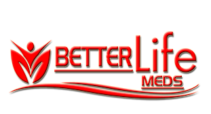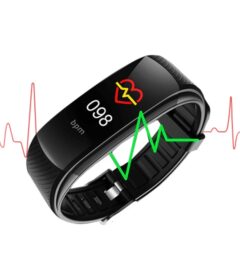Fitness Report: Your Comprehensive Guide to Understanding Your Health and Fitness

When it comes to achieving optimal health and fitness, knowledge is power. Without a clear understanding of your current fitness level and overall health, it can be difficult to make informed decisions about your wellness journey. This is where a fitness report comes in handy. In this article, we will delve into what a fitness report is, why it is important, and how to interpret the results.
What is a Fitness Report?
A fitness report is a comprehensive assessment of your current physical fitness and overall health. It typically includes information about your body composition, cardiovascular fitness, muscular strength and endurance, flexibility, and any potential health risks. Fitness reports can be conducted by a variety of professionals, including personal trainers, physicians, and wellness coaches.
Why is a Fitness Report Important?
There are many reasons why a fitness report is important. For one, it provides a baseline for your current fitness level, which can help you set realistic and achievable goals for your fitness journey. Additionally, a fitness report can identify potential health risks, such as high blood pressure or high cholesterol, that may not have been detected otherwise. Armed with this information, you can take proactive steps to manage these risks and improve your overall health.
How to Interpret a Fitness Report
Interpreting a fitness report can be overwhelming, especially if you are not familiar with the terminology and metrics used. However, understanding the key components of a fitness report can help you make sense of the results and develop a plan for improving your health and fitness.
Body Composition
Body composition refers to the amount of fat, muscle, bone, and water in your body. A fitness report may include a measurement of your body fat percentage, which can be an important indicator of overall health. Ideally, men should aim for a body fat percentage between 6 and 24 percent, while women should aim for between 16 and 30 percent.
Cardiovascular Fitness
Cardiovascular fitness refers to the ability of your heart and lungs to supply oxygen to your muscles during physical activity. This can be measured through a variety of tests, such as a VO2 max test or a timed distance run. A fitness report may include your cardiovascular fitness level, which can help you gauge your endurance and set goals for improving your cardiovascular health.
Muscular Strength and Endurance
Muscular strength and endurance refer to the ability of your muscles to exert force and sustain that force over time. A fitness report may include measurements of your maximum strength for various muscle groups, as well as your ability to perform repetitions of a certain exercise. This information can be useful in developing a strength training program that targets your specific areas of weakness.
Flexibility
Flexibility refers to the range of motion of your joints and muscles. A fitness report may include measurements of your flexibility, which can help you identify areas of tightness or inflexibility that may be contributing to pain or discomfort. Incorporating stretching and mobility exercises into your fitness routine can help improve your flexibility over time.
Health Risks
In addition to the above metrics, a fitness report may also include information about any potential health risks, such as high blood pressure or high cholesterol. If these risks are identified, it is important to work with a healthcare professional to develop a plan for managing them and improving your overall health.
Conclusion
A fitness report is an essential tool for anyone looking to improve their health and fitness. By providing a comprehensive assessment of your current fitness level and overall health, a fitness report can help you set realistic goals and develop a plan for achieving them. Understanding the key components of a fitness report and how to interpret the results can be a valuable step towards achieving your health and fitness goals.



